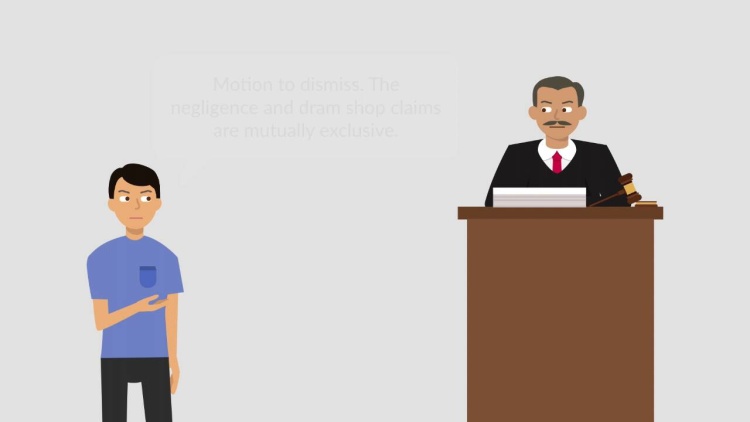McCormick v. Kopmann
Illinois Appellate Court
161 N.E.2d 720 (1959)
- Written by Alexis Tsotakos, JD
Facts
On November 21, 1956, Lewis McCormick was killed in a car accident involving his car and a truck driven by Lorence Kopmann (defendant). His widow (plaintiff) brought suit against Kopmann and three other defendants, alleging two alternate claims. The first claim was against Kopmann, alleging that he negligently operated his vehicle, causing McCormick’s death. To recover under this claim, McCormick had to be free of any contributory negligence. The second, alternative claim was against Anna, John, and Mary Huls, who operated the tavern where Lewis McCormick was drinking before the car accident. Mrs. McCormick alleged that the Huls allowed Lewis McCormick to drink to excess and become intoxicated, and as a result of this intoxication, McCormick was involved in the accident that killed him. Although no defendant sought severance, Kopmann moved to dismiss the complaint, arguing that the two claims were mutually exclusive and therefore could not stand together. The motion was denied, and the case went to trial. At trial, conflicting evidence was presented regarding McCormick’s sobriety on the night of the accident. The jury returned a verdict against Kopmann, and he appealed, contending that his motion to dismiss was improperly denied.
Rule of Law
Issue
Holding and Reasoning (Reynolds, J.)
What to do next…
Here's why 899,000 law students have relied on our case briefs:
- Written by law professors and practitioners, not other law students. 47,000 briefs, keyed to 994 casebooks. Top-notch customer support.
- The right amount of information, includes the facts, issues, rule of law, holding and reasoning, and any concurrences and dissents.
- Access in your classes, works on your mobile and tablet. Massive library of related video lessons and high quality multiple-choice questions.
- Easy to use, uniform format for every case brief. Written in plain English, not in legalese. Our briefs summarize and simplify; they don’t just repeat the court’s language.





